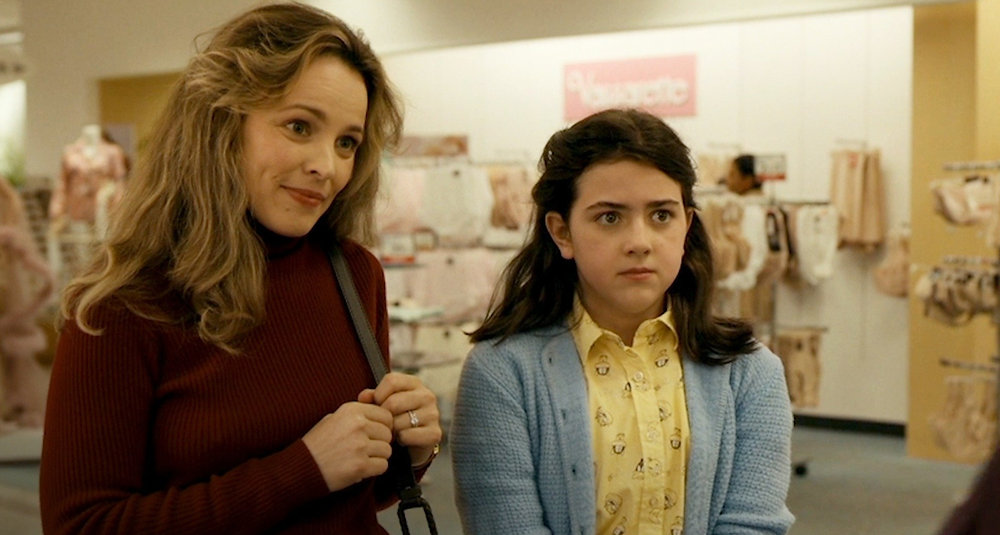Theory Audio Design: theatre audition and interview
We’re invited to hear Theory’s unusual cinema speaker solution in situ, and talk with the company's principal and designer Paul Hales
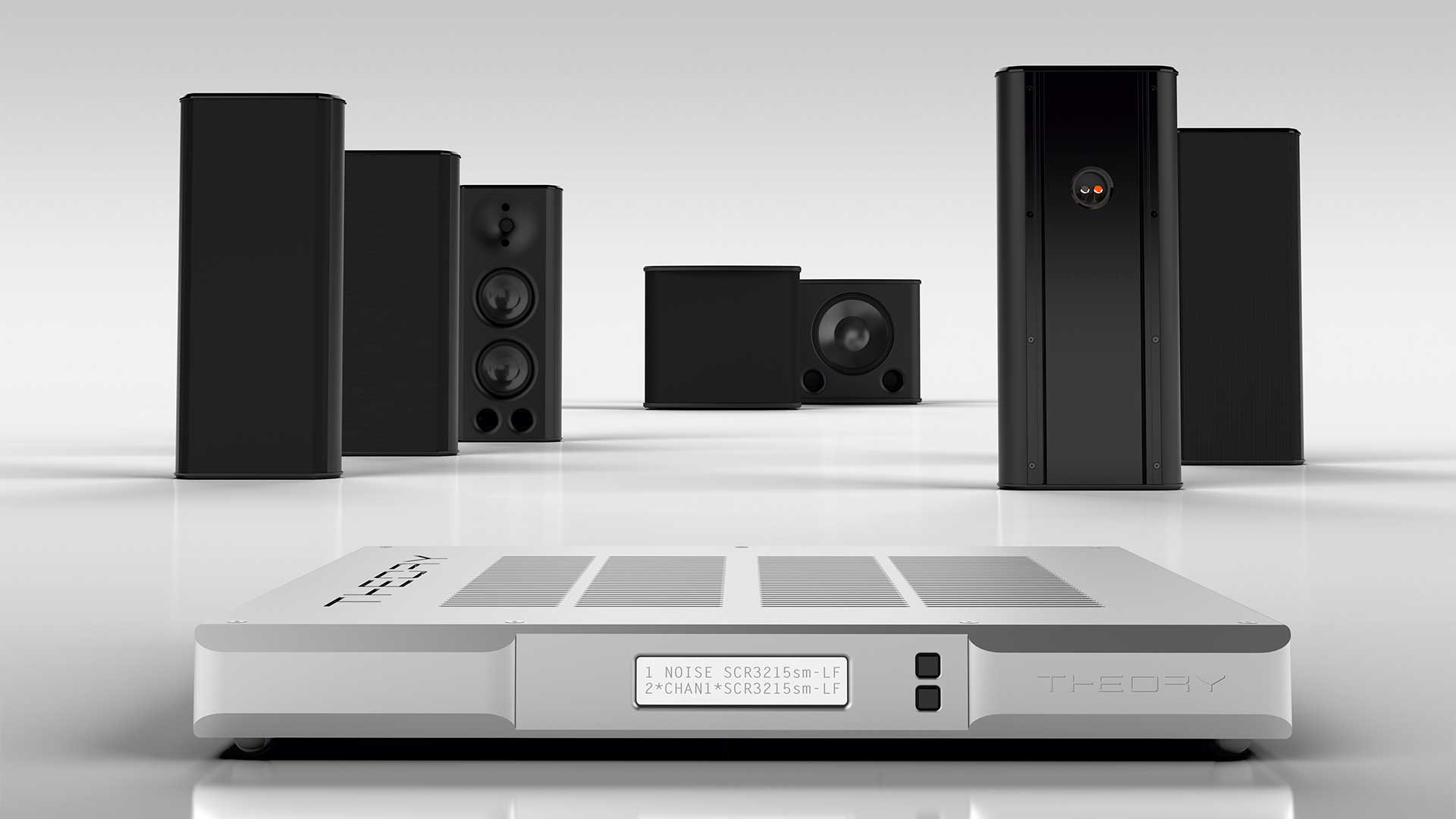
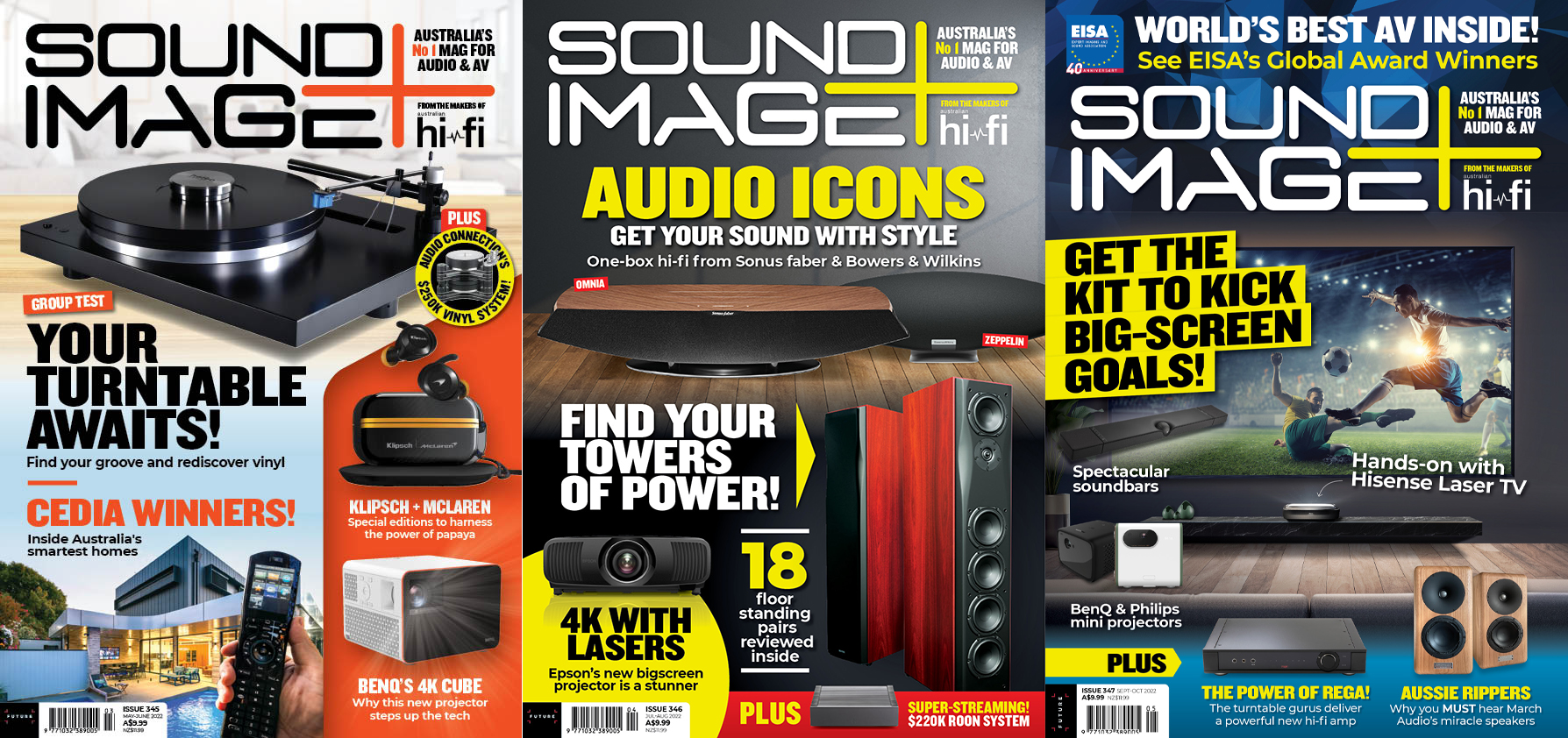
This feature originally appeared in Sound+Image magazine, Australian sister publication to What Hi-Fi?. Click here for more information on Sound+Image, including digital editions and details on how you can subscribe.
Theory Audio Design is a relatively new company, but comes from solid stock, having emerged in 2018 as a sister brand alongside a marque of nearly two decades standing: Pro Audio Technology.
Both share their President/Product Designer Paul Hales and hail from Orange County, California, where the two brands cohabit a swish ‘Lake Forest Experience Center’. They share distribution in Australia as well, under Audio Active.
The two brands have different goals. Pro Audio Technology brings professional-level cinema sound to high-end residential home theatre. Its founder Paul Hales already had a track record with Hales Audio in high-end two-channel speakers before working with pro audio company QSC from 2000 to 2004, assisting that company’s highly successful move from pro amplifiers into loudspeakers.
But at the same time Hales was running his own demonstrations of a new ‘cinema reference’ speaker from Hales Audio, and that led him towards the founding of Pro Audio Technology, making “professional-style speakers but with residential installed sound in mind”, as he says. It is indeed serious gear for high-end dedicated home cinemas; the speakers use compression drivers and are typically very large in the woofer department. You won’t find no soundbars in the ranges of Pro Audio Technology, no sir.
The newer sister company Theory Audio Design, on the other hand, was founded to take the technology developed for ‘Pro’ and use it in more affordable equipment for media rooms, distributed audio systems, and outdoor use.
“The products take a more lifestyle approach because they were designed to be seen,” Paul Hales told us, even though in this demonstration the Theory gear was installed in a theatre room behind an acoustic screen. And here you do find soundbars – though not ordinary soundbars. Theory promised from the outset that it would do things differently, declaring that “too many ‘me too’ products have remained unchanged and uninteresting for decades.”
Talking big, then. So, how does Theory avoid its kit becoming “uninteresting”?
Get the What Hi-Fi? Newsletter
The latest hi-fi, home cinema and tech news, reviews, buying advice and deals, direct to your inbox.
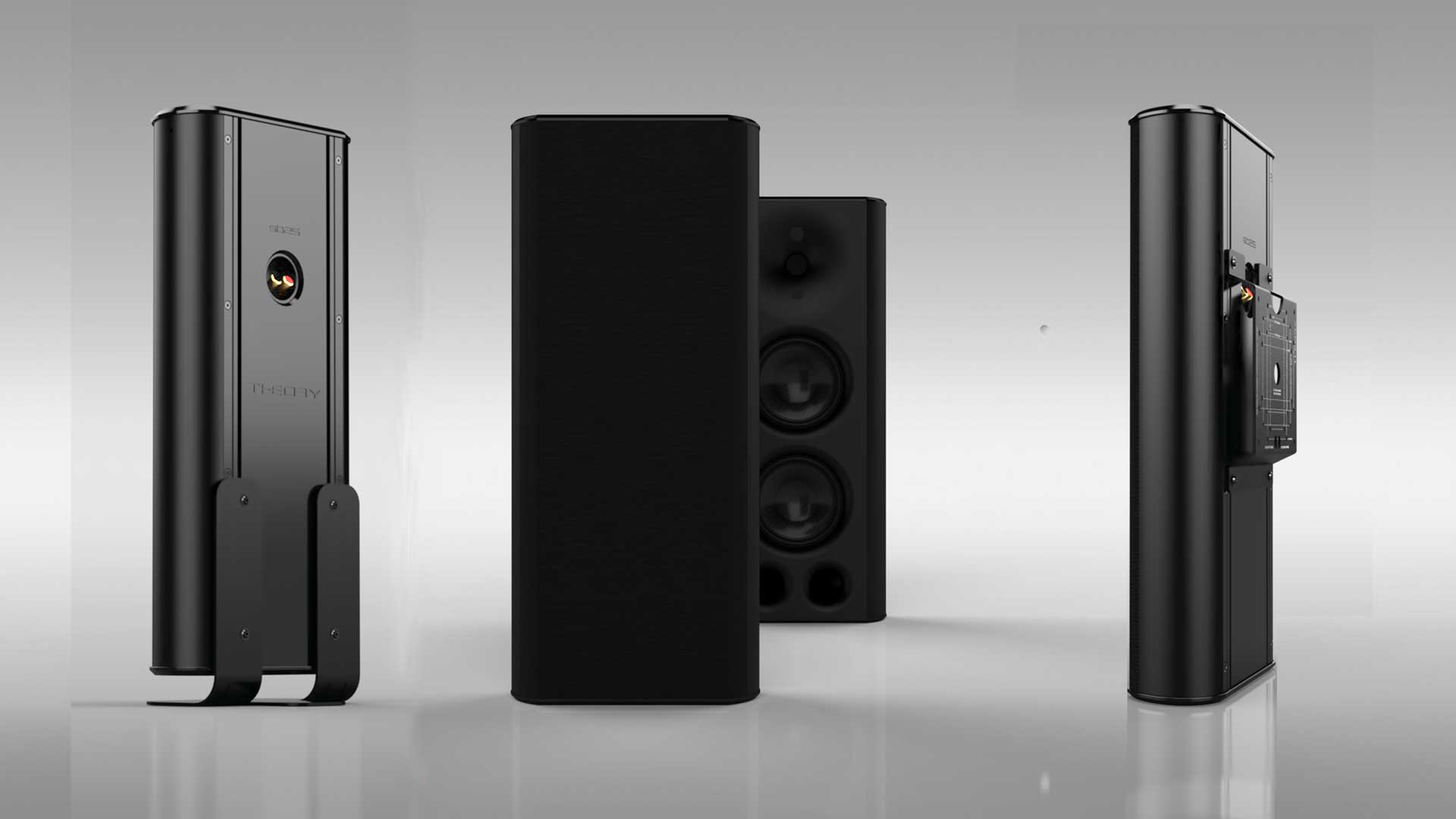
Design and facilities
In its short life so far, Theory has delivered architectural in-wall, in-ceiling and on-wall speakers together with associated loudspeaker controllers, and it is currently working on distribution gear which will be early to leverage Dante’s audio-over-IP platform (where audio signals are distributed digitally via CAT cables for multichannel and multizone audio; the current brake on wider Dante implementation appears to be chipset availability problems).
Theory also has three soundbars, designed to match the widths of 65-inch, 75-inch and 85-inch TVs, with the price of even the smallest of them (at AU$5899) making super-soundbars like Sennheiser’s Ambeo and Devialet’s Dione seem positively affordable.
But then Theory’s soundbars are not like those you might buy in a chain store with your TV. You do not simply plonk them down and run HDMI ARC audio from the TV. They weigh 30kg each, for a start, despite having no internal amplification, instead requiring the use of those dedicated Theory loudspeaker controllers. So yes, Theory is, as it promised, doing things differently.
These soundbars are often packaged into systems that include the company’s sb25 on-wall speakers on surround duties. But the system that we were invited to hear was not a soundbar-based system at all, rather one that uses those sb25s speakers all around – three for its front LCR positions, two more sb25s as rears. Identical speakers throughout is something generally to be welcomed, as it ensures tonal matching all around the system.
And the sb25 speakers are designed for broad functionality. They are only 10cm deep, so look unobtrusive on walls (Theory calls them a ‘surface-mount’ speaker, though the term may confuse those who use this term for printed circuit boards). They can mount vertically or horizontally, with all manner of clips and screws for their universal bracket, plus a number of third-party stands available – ceiling ball mount, wall ball mount, a wall pan-and-tilt mount, even a ceiling pole pan-and-tilt.
Each sb25 speaker is 55cm long (or wide) and 24cm wide (or high), operating as a two-way with a 36mm polymer compression driver and two 127mm (five-inch) carbon-fibre woofers.
Indeed Theory’s soundbars use the same driver complement as would three sb25s all joined together in one larger version of their custom-extruded and machined aluminium enclosures, with pleasing but unobtrusive curves. So using three separate sb25 speakers for LCR brings greater versatility of positioning at very little additional cost, since these retail at AU$2299 each.
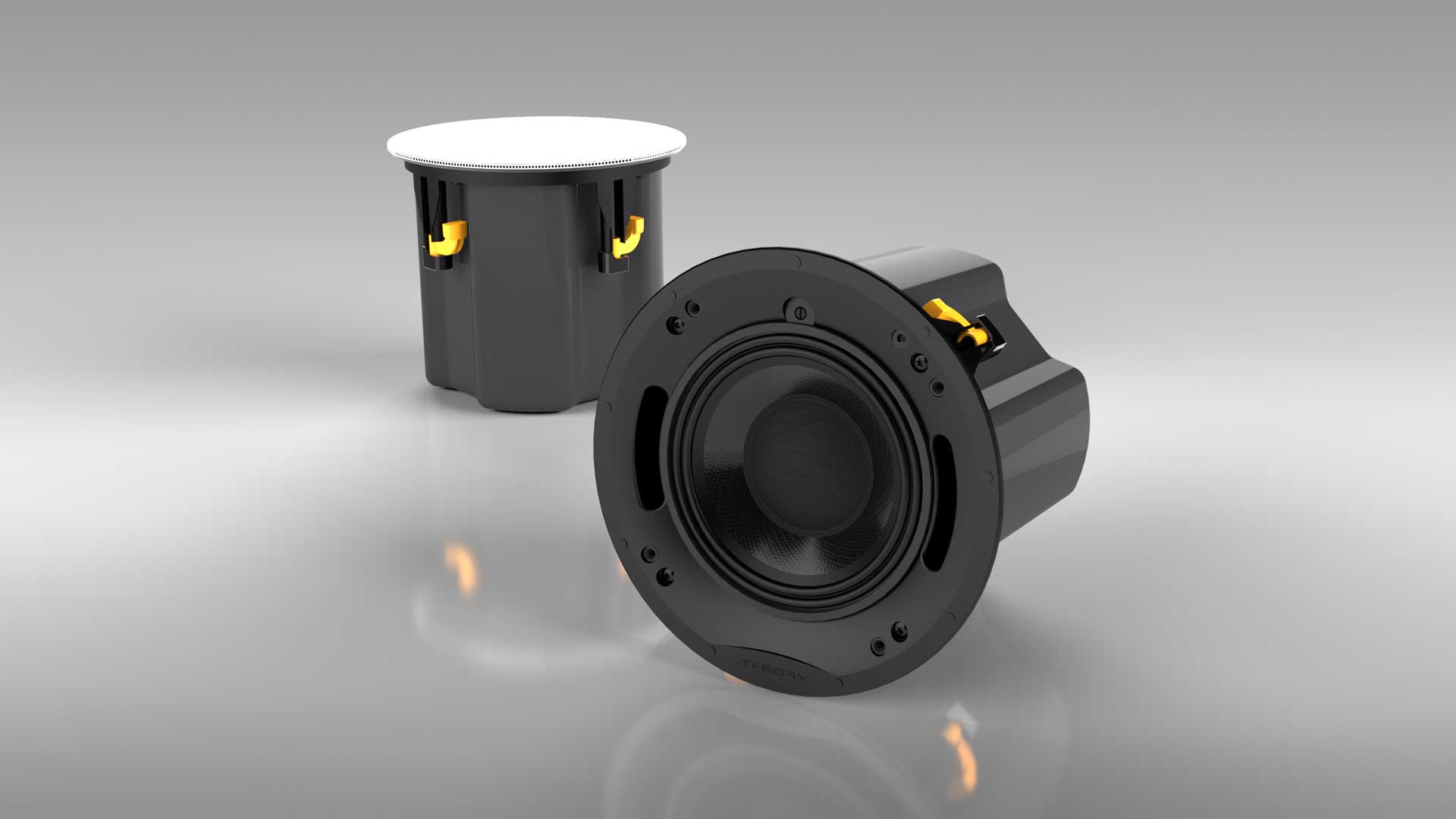
In addition to five sb25 speakers, this system included a pair of Theory ic6 in-ceiling speakers delivering height for Atmos/DTS:X soundtracks. These are large tubular in-ceiling speakers, 22cm deep and each weighing upwards of 5.5kg, with the same combination of polymer compression driver and carbon-fibre woofer (here 6.5-inch), mounted together coaxially and interestingly stated as sharing the same magnet.
They have wide dispersion (one of their applications is for background music in commercial venues) so they don’t require (or offer) pivoting towards the listening position.
They can be given a square or round grille, and are usefully weather-resistant. Price is AU$1599 each. A nice variant – though perhaps not for cinema use – is the ability to have the ic6 speakers hanging in pendant housings, for an additional $289 each.
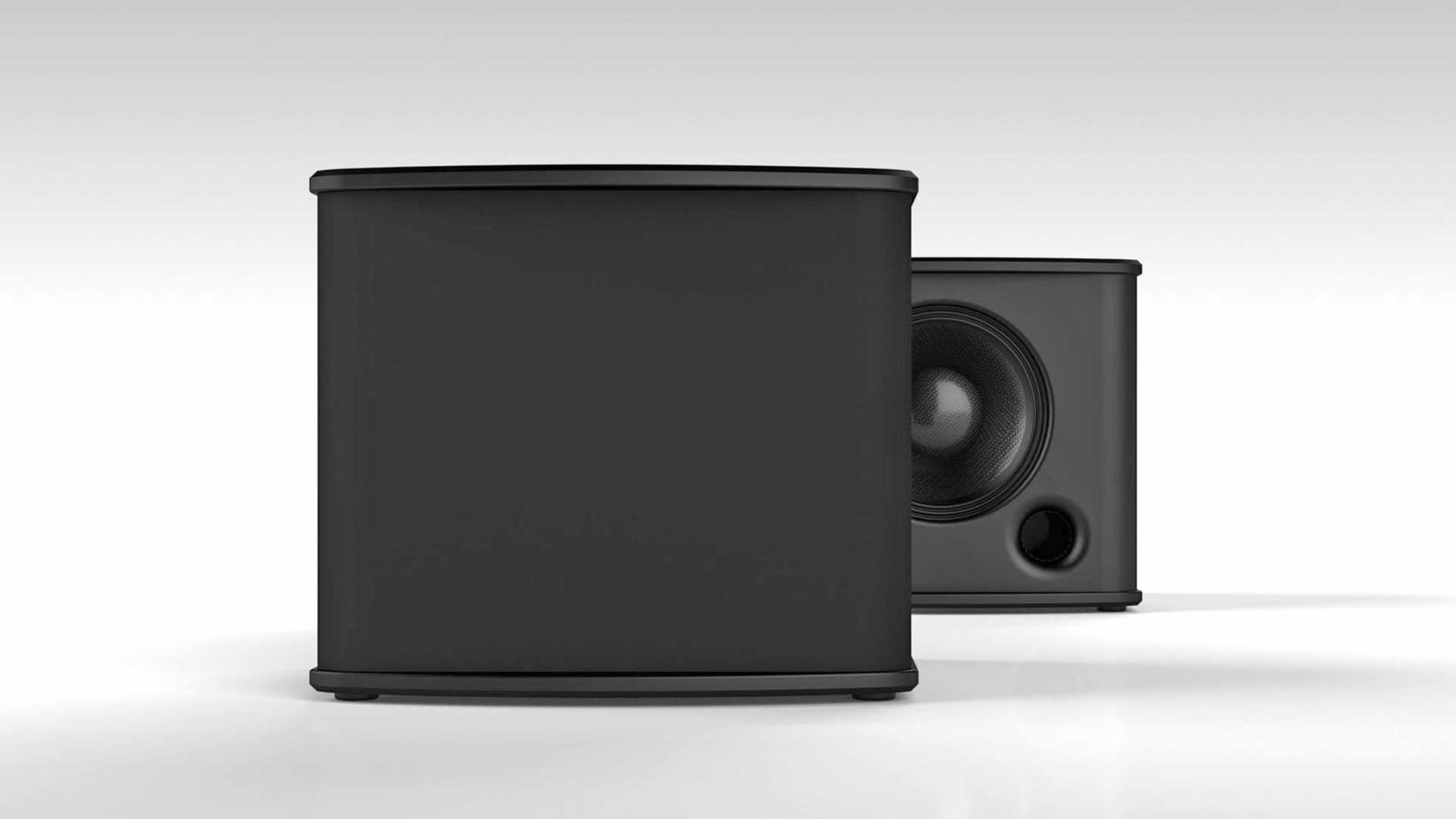
Last inclusion for this system’s complete channel count of 5.2.2 (or strictly 5.1.2, since the sub outputs are undifferentiated) is a pair of Theory’s passive sub12 subwoofers, their 12-inch woofers with four-inch voice coils, and operating from 22-125Hz (no envelope stated).
At the front of the room these looked purposefully pleasing, all in black with a glossy branded top panel. These are AU$4299 each. (We gather Theory has new architectural subs for in-wall or on-wall use coming in 2023.)
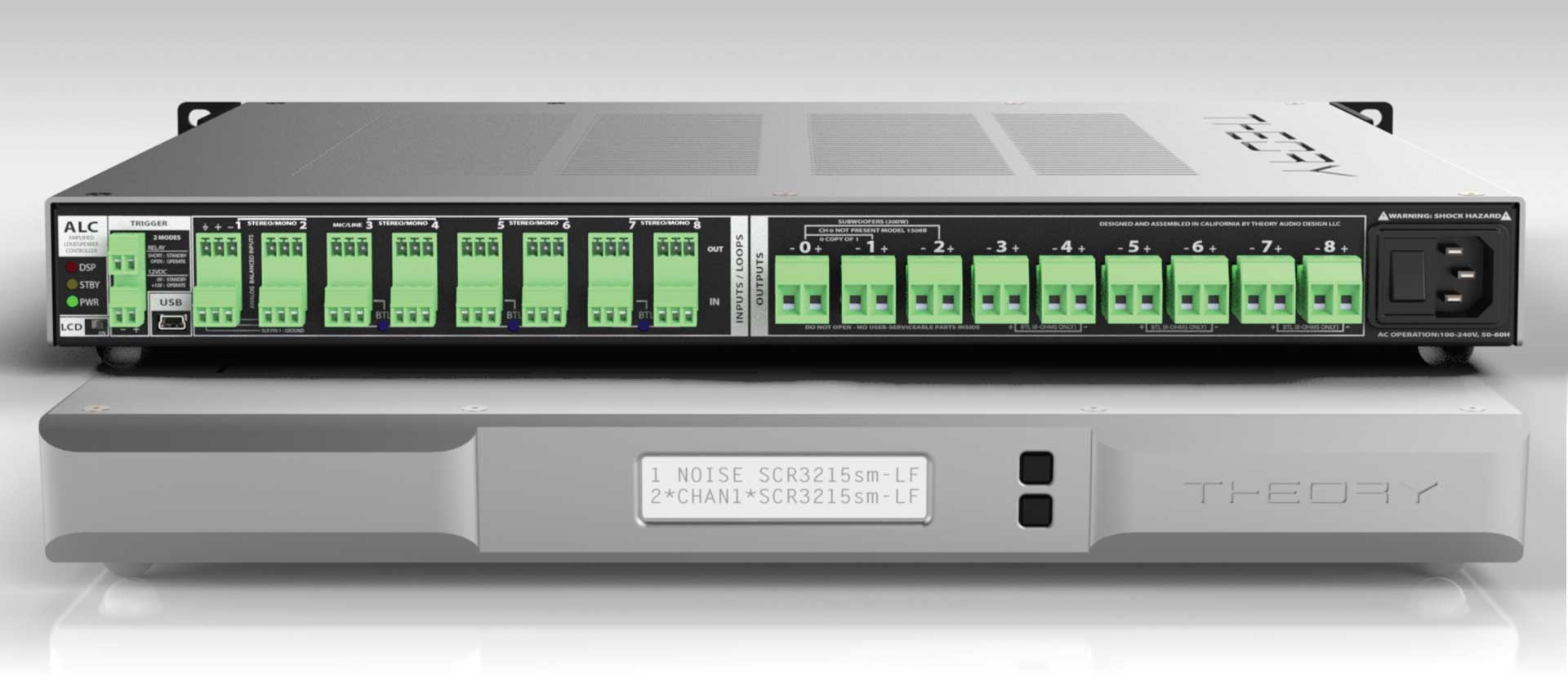
Slim controller

Panasonic UB9000 UHD Blu-ray player
Anthem AVM70 multichannel processor
Theory ALC-1809 loudspeaker controller AU$7999
Theory sb25 speakers x 5 AU$2299 each
Theory ic6 in-ceiling speakers x 2 AU$1599 each
Theory sub12 subwoofers x 2 AU$4299 each
Theory system total: AU$31,290
Heard at McCormick Concepts, Thornleigh, NSW.
Theory Audio Design distributed in Australia by Audio Active.
So far so simple. But Theory’s use of passive speakers throughout doesn’t mean you bring your own amplifier or AV receiver. You must, repeat must, use one of Theory’s loudspeaker controllers, which are amplifiers, but also versatile high-resolution digital signal processors, coming with Theory’s ‘Automator’ software to set audio levels, delays, and signal routing, fully matrixed bass management within the system, and up to 20 parametric EQ points per channel.
This level of control makes sense for the way they work with the Theory speakers, which we gather have simple crossovers for which the controllers are able to compensate, and this is why you can’t just plug the Theory speakers straight into any old AV receiver.
But the controllers don’t take HDMI inputs from your sources directly; they require a separate analogue input for each of their eight input channels. Nor do they undertake the decoding of Atmos and other immersive formats. So you still need an AV processor in your system to do that decoding. And most AV processors have their own room calibration systems which will also be able to set audio levels, delays, EQ and so on. Having two such processors in the same chain becomes somewhat confusing.
Further, Theory’s loudspeaker controller is taking each channel of your system out of the AV processor as an analogue signal. Then it digitally samples each channel to do its own processing in the digital domain, before turning it back to analogue to send to the speaker.
Despite the controller’s A-to-D conversion taking place at a respectable 24-bit/192kHz, and the internal processing at 32-bit, that’s still additional conversion and processing which might incur delays resulting in lip sync issues, not to mention that your signals are now going from digital to analogue to digital to analogue. We asked for their comments on this, and Theory’s Paul Hales addresses the subject in our interview below.
In years to come, all that may change when Dante’s audio-over-IP platform fully takes over the world, allowing a single decoded digital signal to run along one Cat cable to a Dante-equipped speaker processor. Alternatively Theory might consider making something with HDMI inputs and decoding – but that’s a lot of licensing deals for a smaller company, and besides, Paul Hales says they simply don’t want to do it (see interview).
The processor used in this system was the ALC-1809, a $7999 unit which delivers three channels of 300W and six channels of 100W, all into four ohms, which is the rated impedance of the sb25s. So for our 5.2.2 system the three higher-power channels feed the passive subwoofers and the centre channel, with the L, R, surround and in-ceiling channels getting 100W each. Given the slimness of the ALC-1809, we can safely assume this is Class-D power, rather than A-B.
All the processor’s outputs are on closely-spaced Eurobloc connectors, so don’t bring thick cable or banana plugs. The input blocks can take Euro-to-XLR adaptors should your initial processor offer balanced outputs.
As you can see from equipment list, this totals up to something over AU$30k even without the initial processing (and sources): not insubstantial, though not wildly hefty in the world of quality home cinema.

Listening sessions
This system had been set up for us to hear at McCormick Concepts, in Thornleigh, near Hornsby in upper Sydney. We have encountered Craig McCormick’s fine work before in Sound+Image when one of his theatres featured in the 2020 CEDIA Awards. The home cinema display room in his store is a realistic size for many homes, a well-designed space with two seats straddling the hot spot, and with good acoustic treatment (Anthony Grimani’s MSR panels) to have the room dry but not too dry.
The video system in situ included a Panasonic UHD Blu-ray player feeding a Lumagen Radiance Pro processor and on to a BenQ projector, which illuminated a Severtsen SAT-4K acoustically-transparent woven-fabric screen. It looked great, though we focused our attention primarily on the audio system.
McCormick already has several audio systems invisibly in place for audition in this room, including Pro Audio Technology, the big brother of Theory. But the Theory system for the day had been set up by Paul McLean of Theory’s Australian distributor Audio Active, for which we give thanks, as it saved us fiddling with all those cable connections. We just rolled up with a bag of discs to hear the results.
The processor in place was Anthem’s AVM70 (Anthem is another brand under Audio Active in Australia), feeding all those individual channels to the ALC-1809.
The three LCR speakers were fitted behind the screen, with the two surrounds in wide in-room positions just behind the seats, and the two ic6 in-ceiling speakers in height positions unusually far behind the seats, necessary in this room on this occasion because of their depth and weight.
We gather the question of having two stages of processing available was here approached by first running the Anthem’s ARC room correction (which we’ve found highly effective and even fun to use in our previous Anthem reviews) and then using the Theory ALC unit’s abilities to further tune the sound. But see also Paul Hales’ comments on this procedure below.
We began our listening with some movie content – the hilariously over-the-top race to the first key near the beginning of Spielberg’s Ready Player One. Immediately of note was the centre speaker’s solid delivery of dialogue, lifted perhaps by that extra power from the ALC-1809 to remain clear above even the sonic distractions and Joan Jett soundtrack of this scene, with voices kept clean if just fractionally boxy rather than full and rounded.
Not that there was any shortage of bass overall. There was a pleasingly solid thump as Parzival’s gull-wing door slammed down, shortly followed by a more massive slam as the CGI bridge came crashing into place. All this mayhem was portrayed with no upper bass confusion at all; indeed it seemed a characteristic of the system (and/or the tuning) that powerful impacts arrived as properly tight thuds, no woofy hangover to them, no muddying into what was a clear and clean midrange, so that even among the general carnage there were lovely dynamic sweeps of tinkling coins being collected in arcs from front to back, left to right.
Perhaps as a function of the ceiling speakers being rather far back, there seemed a slight overstretch to this immersive sound field, and an occasional misplacement of giant gorilla groans on the move. With both subwoofers in-room at the front, a few explosions specifically at the rear were also slightly reduced in impact there, but overall the sound remained huge and impressively dynamic, especially remembering how relatively compact are the behind-screen sb25 speakers.
We’re suckers for surround music, especially when reviewing for sound more than image, so after a massively rocking near-reference-level delivery of Black Eyes, the live opener from ‘A Star Is Born’ where Bradley Cooper shows his chops to the enthusiastic country crowd of California’s Stagecoach festival, we turned to some music-only discs, beginning with the latest Blu-ray/SACD from Norway’s 2L label, entitled ‘TUVAYHUN—Beatitudes for a Wounded World’.
This features high-res stereo, 5.1 and 7.1.4 Auro-3D tracks, plus uncompressed TrueHD 7.1.4 Atmos at 48kHz, this last being the track we selected to be delivered here at 5.1.2. It’s a vast and open recording made in a Trondheim cathedral by multi-Grammy-winning engineer Morten Lindberg, and its capturing of space is almost as beautiful as the music itself. With the level set perhaps a few decibels above sensible, this system seemed to squeak right at the top notes of the choir, but otherwise rendered the full space and delivered the lifting and expanding choral sound beautifully.
We moved on to a couple of favourite DVDs which have DTS-HD 5.1-channel music at 24/96kHz. The first was The Beatles ‘Love’, from 2006, the first and by far the most entrancing of any of Giles Martin’s Beatles re-mixes despite being only 5.1; indeed it’s rare we put on this disc without enjoying it to the end. The rear channels are fully employed and require a properly balanced surround system, rather than big speakers at the front and small to the rear, so the Theory layout of identical sb25s all the way around served it perfectly. After a huge presentation of Get Back and suitably swirling effects around Glass Onion, this system delivered a spine-chilling Eleanor Rigby, with Martin senior’s string octet to the fore, yet with cello and viola positioned down the sides and rears; it was a truly immersive presentation, and proved the system’s mettle with music as well as movies.
We somehow managed to call a halt before being swept away by I Am The Walrus, and finished off our listening session with a newly-arrived UHD Blu-ray of ‘Elvis’.
As you might expect of a Baz Lurmann movie, this is a soundtrack which never lets up. Our reference for this was two trips to see it at the cinema, where it had been delivered at the loudest level we’ve ever heard at a commercial showing (hat-tip to Sydney’s Cremorne Orpheum 4), and the Theory system was able to match these extreme dBs while achieving still greater clarity.
This compact yet powerful system thrillingly delivered the disorientating sonic spins of roulette wheels and the electrical buzz-click of Vegas neon signs lighting up, along with some massive dynamic impulses as flash bulbs capture the King in the opening montage.
Conclusions
It’s almost a disadvantage to see this system before you hear it: the compact size and sleek design of the sb25s may limit expectations.
Don’t let them. With their subwoofer support and high-quality multichannel signals, they are able to deliver reference-class performance in a room of this size, and we suspect rather larger as well. Their high sensitivity and whip-crack compression driver performance makes them sound like the movies, but the tightness of the powerful bass delivery and the clarity of the midrange make for a cleaner and more accurately immersive experience than you’ll be given in any real movie theatre.
For anything other than very large home cinemas (for which you might move up to Theory’s architectural offerings or its higher level Pro sister brand), this is a system you should experience before you settle on other plans. While the double processing and redundant digitisation caused us initial concern, the proof of efficacy came in the tasty, powerful and fully entertaining final delivery, which proved itself for both high impact and subtlety, and across both movies and music content. It’s a brilliant performance.
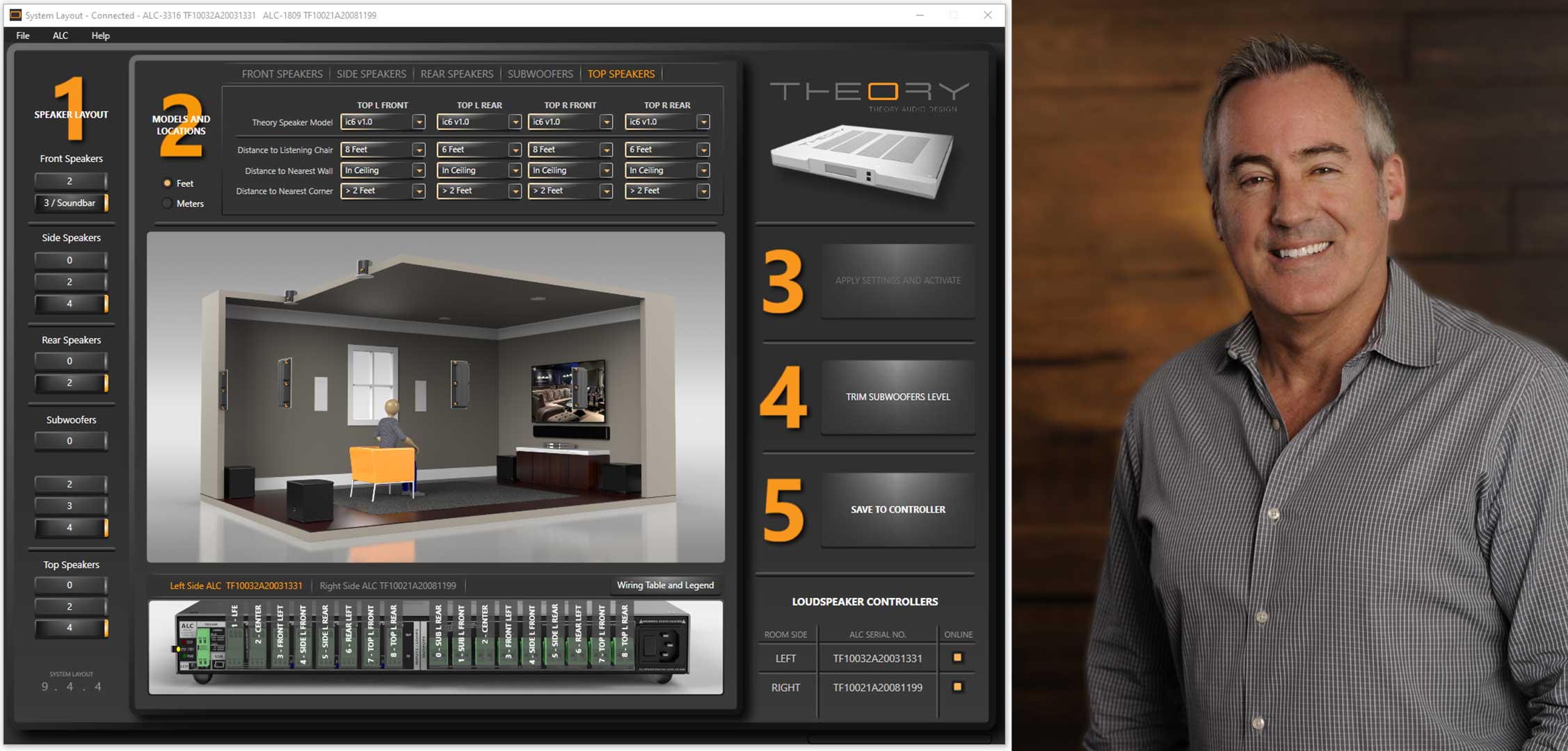
Interview: Paul Hales
We put our questions about the structure of the Theory system direct to the company’s President and product designer, Paul Hales.
Sound+Image: Can we first address the duplication of processing? The Theory system requires a decoding processor prior to the ALC1809, in this case an Anthem AV processor, so there is calibration and optimisation available both in the Anthem and then again in the Theory controller. We gather that here the Anthem calibrated first, then this was fine-tuned with the Theory controller. Is that what you’d recommend?
PAUL HALES: There is no need to utilise the processor for calibration, and in fact we recommend against it to ensure the best audio performance of your Theory system. Our recommendation is to set all levels on the other AV processor to zero, and to use the very capable and user-friendly Automator software on the ALC-1809 – this will yield the best results.
No third-party surround processor-based automated system can properly calibrate a surround system because the calibration scheme has no knowledge of loudspeaker bandwidth or directivity, nor do they have any knowledge of the room acoustic. Plus microphones do not detect the sound in the same way as humans do, so the calibration ‘target curve’ is not what we hear, anyway.
Humans hear with our brains, not our ears. There is a lot of ‘processing’ of the signals that occurs in our brains, and that processing includes adapting to our acoustic environment – we settle in and ‘hear around’ the room instinctively.
Think about it. If you’re having a conversation with someone in a typical conference room, you are hearing the sound of their spoken words first directly from the speaker’s mouth, and then you get bombarded with dozens if not hundreds of delayed copies (reflections) of the words from all the hard surfaces of the room. If our brains did not adapt to ‘tune out’ those copies, we could never hear where the speaker was located, let alone understand what they are saying – our hearing would be overloaded by the copies. We’ve evolved to filter out the reverberation and tune into the sound source itself.
Automated calibration schemes that include room reverberation in their measurements and target are ‘compensating’ again for the room that we have already naturally compensated for. They are redundant, and they don’t work. Worse, if you have well-engineered accurate speakers, they can do nothing but make them less accurate, by definition.
Unlike ‘dumb’ automated systems found in surround processors – “dumb” in the sense that they have no knowledge of the speakers being used – Automator does know all about the speaker, the loudspeaker frequency-dependent directivity, sensitivity, bandwidth, power handling, and so on.
It will get great results in all typical installations where the speakers are mounted in the usual locations within the room. Having the knowledge of speaker characteristics sets our systems apart from all the others.
S+I: How about the additional conversion stages in the system – going digital (HDMI) to analogue (Anthem outputs) to digital (ALC-1809 samples) to analogue (ALC-1809 outputs). It’s clearly undesirable extra conversion; why did you choose this doubled-up arrangement over, say, HDMI inputs on the ALC-1809 and doing your own conversion?
PAUL HALES: Theory has made the explicit decision to not enter the surround sound processor market. We are not interested in that product category. For that reason, we could not take in the HDMI signal directly, because the surround sound format must first be decoded into its individual signals. The world has standardised on surround decoders for this, usually within surround processor preamps or surround receivers. All of these except the very most expensive rely on analogue to output the individual decoded surround signals. Since Theory is a value premium product, we must be compatible with the widest variety of attached equipment – and right now that’s analogue.
With that said, our DLC loudspeaker controllers have S/PDIF digital inputs for stereo signals and as soon as Audinate [maker of Dante] can catch up to demand, we will have full Dante and AES67 compatibility. In the DLC models you can ‘bypass’ the DAC/ADC at the preamp/amp interface. Since it’s unlikely that any affordable surround processors will have Dante or AES67, we’re going to keep seeing the analogue standard for the foreseeable future.
And that’s OK. If you’re getting the most thrilling, enveloping, dynamic and engaging sound possible for a system of that price, if the sound delights you, what does it matter how many domain conversions are taking place? And since you have no control over or can even know how many conversions took place in the recording process, you can’t control the total number of conversions anyway. Forget about the audio hardware – get lost in the content. Theory products are made to deliver the maximum enjoyment of the content, not the gear.
Lastly, the inaccuracy caused by domain conversions, especially if you use high-quality converters as we do, is swamped by the inaccuracies in other parts of the system, especially the acoustic part. Given high-quality converters and high-quality ancillary equipment, I don’t think you would hear the extra conversion. Whereas you would most definitely hear inferior speakers.
Interview: Jez Ford

Jez is the Editor of Sound+Image magazine, having inhabited that role since 2006, more or less a lustrum after departing his UK homeland to adopt an additional nationality under the more favourable climes and skies of Australia. Prior to his desertion he was Editor of the UK's Stuff magazine, and before that Editor of What Hi-Fi? magazine, and before that of the erstwhile Audiophile magazine and of Electronics Today International. He makes music as well as enjoying it, is alarmingly wedded to the notion that Led Zeppelin remains the highest point of rock'n'roll yet attained, though remains willing to assess modern pretenders. He lives in a modest shack on Sydney's Northern Beaches with his Canadian wife Deanna, a rescue greyhound called Jewels, and an assortment of changing wildlife under care. If you're seeking his articles by clicking this profile, you'll see far more of them by switching to the Australian version of WHF.
